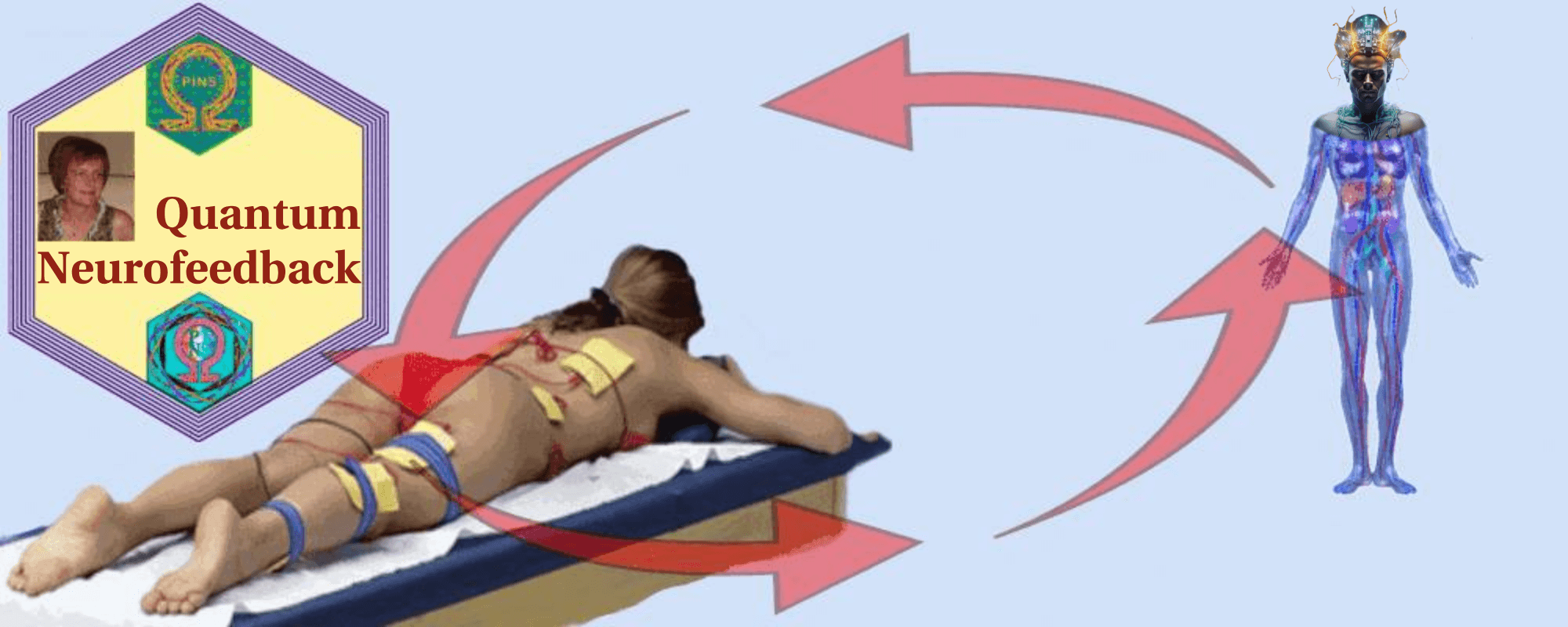
Exploring Advanced Brain Communication: Neurofeedback, QNRT, and Quantum Brain Networks
Neurofeedback Therapy
Neurofeedback is a therapeutic intervention providing real-time feedback on biological processes like brain activity, breathing, heart rate, and muscle tension. This therapy supports mental health by encouraging the brain to develop healthier activity patterns. It can help individuals recognize and change unhelpful behaviors by displaying the brain’s inner workings. Often used alongside therapies like Quantum Neuro Reset Therapy (QNRT), neurofeedback aims to reset the brain’s response to emotional triggers. Typically, 6 to 20 sessions are required to see results.
Quantum Neuro Reset Therapy (QNRT)
QNRT is a protocol designed to initiate a quantum shift in the nervous system, resetting the brain’s response to emotional triggers from past and present trauma. Using real-time electroencephalography (EEG) displays, QNRT helps balance the nervous system and brain by determining involved levels, such as receptors, peripheral nerves, spinal cord, cerebellum, brain stem, and brain. It aims to optimize brain function and support wellness and longevity.
Quantum Brain-to-Brain Communication
Recent studies suggest the possibility of brain-to-brain communication using quantum entanglement. According to “Information Transfer by Quantum Entanglement in the Brain,” this phenomenon allows particles to become entangled without direct interaction, enabling sensory communication over long distances. In research by Mousavi (2024), two individuals exposed to the same music showed aligned thinking and compressed information transfer through quantum entanglement. This indicates that brain neuroplasticity and neurotransmitters like dopamine play crucial roles in this process.
Quantum Brain Networks (QBraiNs)
Building on quantum entanglement in brain communication, QBraiNs propose a network of interconnected brains and quantum systems. This integration could enhance human cognitive processes with quantum computational capabilities, enabling instantaneous information transfer and collective problem-solving. Neuroplasticity and neurotransmitters are vital for synchronizing brain activities within the network, supported by AI algorithms optimizing these interactions.
Neurotechnology and AI
Neurotechnology, through brain-machine interfaces (BMIs) and imaging techniques like EEG and fMRI, allows us to visualize and control brain activities. The integration of quantum computing with these technologies creates robust classical-quantum networks. AI plays a critical role by leveraging machine learning to facilitate complex interactions required for QBraiNs, enabling advanced brain-computer interactions and innovative applications.
Potential Applications
The applications of QBraiNs are vast and transformative. They could revolutionize medicine with advanced neuroprosthetics and treatments for neurological disorders. The concept of the Internet of Humans could enable direct brain-to-brain communication, enhancing collaborative intelligence. Intelligent devices and IoT systems could be controlled more intuitively, and gaming experiences could become deeply immersive, leveraging direct neural inputs.
Conclusion
The development of Quantum Brain Networks marks a groundbreaking step in neuroscience and technology. By integrating neurotechnology, AI, and quantum computing, QBraiNs hold the potential to revolutionize our understanding of brain communication and open up new possibilities for human-machine interaction.
References
Mousavi, S. K. (2024). Information Transfer by Quantum Entanglement in the Brain. Neuroscience, Cognitive Neuroscience. https://doi.org/10.32388/6AJO6Y
Miranda, E. R., Martín-Guerrero, J. D., Venkatesh, S., Hernani-Morales, C., Lamata, L., & Solano, E. (2022). Quantum Brain Networks: A Perspective. Electronics, 11(10), 1528. https://doi.org/10.3390/electronics11101528

